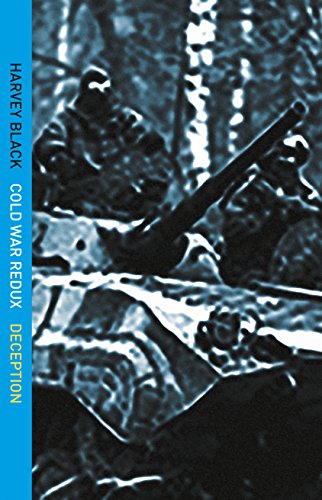Military/Intelligence Bulletin 01/2020 – Russian Long Range Aviation (LRA)
What is the current capability of Russian LRA?
Russian LRA was centre-stage during the final battle between government forces and anti-government militants for the Syrian city of Aleppo.
On the 17 November 2016, a force of turboprop Tupolev TU-95 ‘Bear’ bombers, supported by a flight of Ilyushin IL-78 ‘Midas’ air-to-air refuelling tankers, were tracked, by NATO air defence radars in Norway and Scotland, flying around the North Cape.
They flew out over the Atlantic heading southwest before turning due south, passing the west coast of Ireland then on to the Straights of Gibraltar. During this time they were being shadowed by UK Royal Air Force and Portuguese Fighters.
This force then turned east, flying inbetween Europe and Africa, entering the western Mediterranean.
By now, NATO surmised that this force was headed for Syria. As the aircraft neared Cyprus two TU-95s launched a salvo of Kh-101 ‘stealthy’ cruise missiles at anti-government militant targets around Aleppo.
.
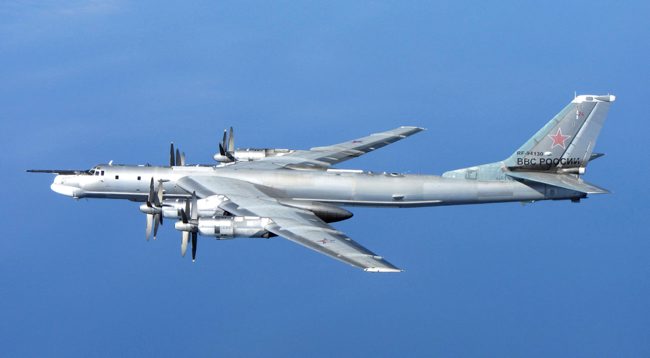
A Russian Tu-95 Bear ‘H’ photographed from a RAF Typhoon Quick Reaction Alert aircraft (QRA) with 6 Squadron from RAF Leuchars in Scotland.
Credit: Open Government Source
.
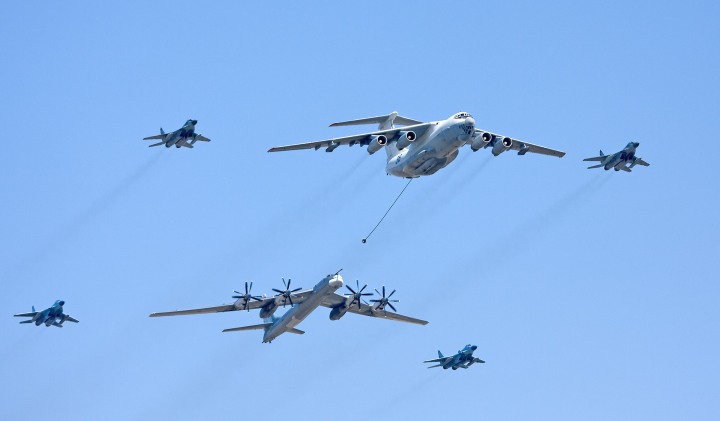
An Ilyushin Il-78 simulating aerial refuelling with a TU-95MS during the Victory Day Parade in Moscow on 9 May 2009.
Credit: By Sergey Ashmarin:
.
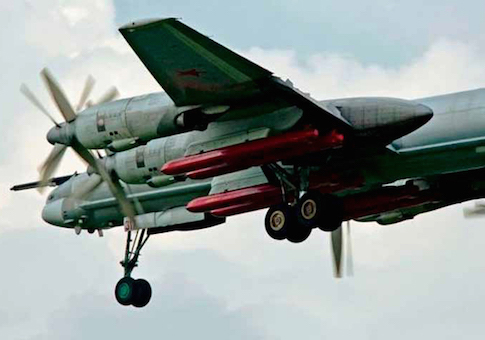
.
The Kh-101/-102 was developed as a long-range, standoff cruise missile to replace the ageing Kh-55 and kh-555 ALCMs. It travels on a low altitude flight path beneath infrared and radar systems, and its use of radar absorbing composite material makes the missile challenging to detect. Its accuracy is also believed to be quite high,
Credit: Missile Defense Project, Centre for Strategic and International Studies
.
This mission was on par with the distance flown by the 6,600 mile ‘Black Buck’ mission conducted by RAF Avro Vulcan bombers during the 1982 Falklands War.
.
On 26 September 2017, Tu-95MS bombers flew 7,000 km from Engels Air Field in southwestern Russia through Iraqi and Iranian airspace before launching Kh-101 cruise missiles at ISIS and JFS targets in the Syrian provinces of Deir al-Zor and Idlib.
.
What is the size of the Russian LRA?
Although no longer the 500 plus bomber force it used to be, it still has a significant number of aircraft. Now the Russian LRA consists of around 120 bombers and just under 20 air-refuelling tankers.
The Russian LRA is grouped into two operational divisions (current commander Lieutenant General Sergei Kobylash:
22nd Guards Donbass Heavy Bomber Division
Engels Air Force Base – Tupolev Tu-160 ‘Blackjack’ supersonic jet bombers and Tupolev Tu-95s.
Tambov Air Force Base – Tu-22M3s
Sheykovka Air Force Base – Tu-22M3s
326th Guards Sevastopol-Berlin Heavy Bomber Division
Ukrainka-Seryshevo Air Force Base – Tu-95MS
Beleya Air Force Base -Tu-22M3s
203rd Guards Orlovsky Independent Aircraft-refuelling Aviation Regiment -IL-78 ‘Midas’ air-to-air refuelling tankers
Current Orbat:
10 x Tupolev Tu-160 ‘Blackjack’ in active service.
40 x Tupolev Tu-95s in active service.
60 x Tu-22M3s in active service
More than 40 surplus Tu-22M3 airframes remain on LRA airfields.
.
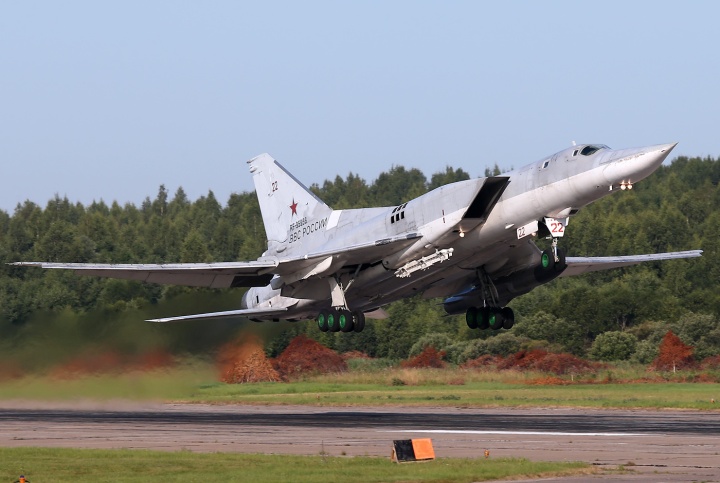
Tu-22M3
Credit: By Dmitriy Pichugin
I have been out of the writing arena for a while, due to reasons i don’t wish to discuss on social media. But, I have picked up my pen again and have started writing the rest of Perditon, the sequel to Purgatory and Paralysis. I am currently over half way through. My target is to write at least 1,000 words per day.
Post copyrighted to Harvey Black









